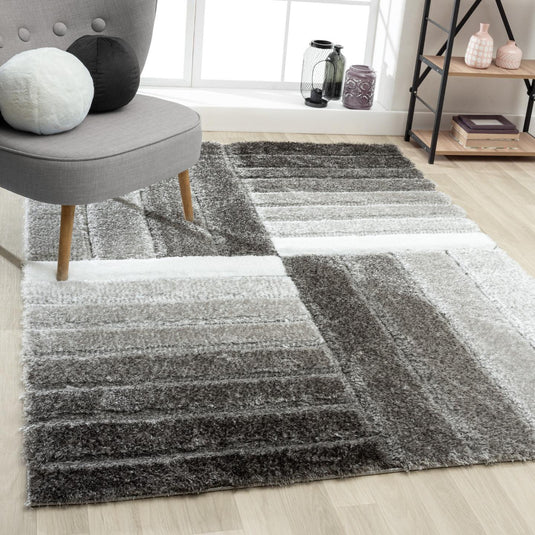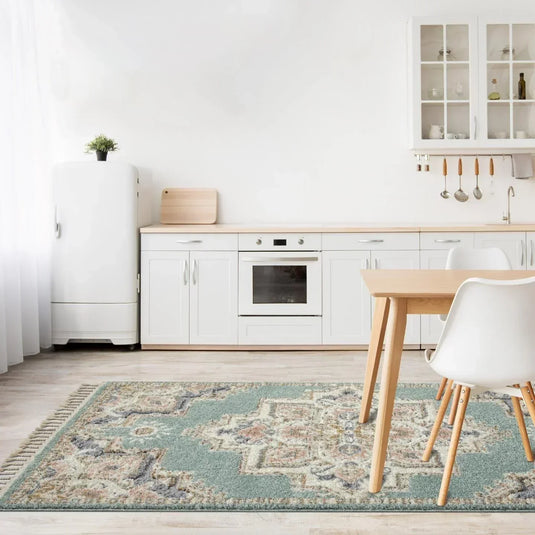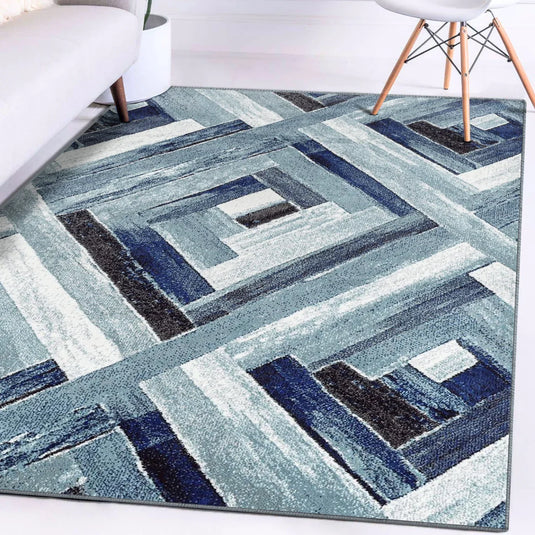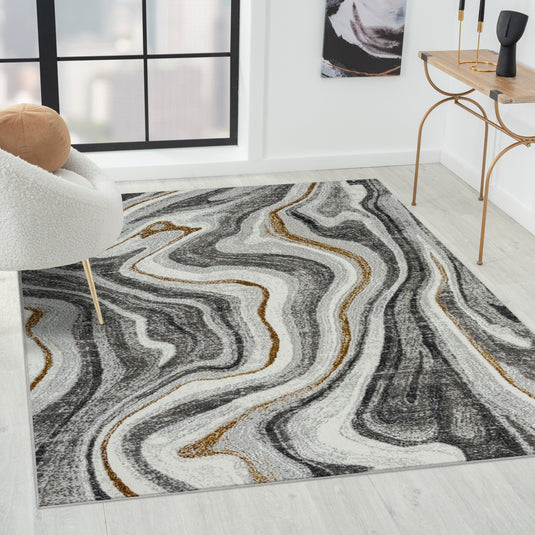When decorating your space, choosing the right area rug is essential as it helps to set the tone and comfort level of your space. You need to understand what makes a high-quality rug: the key features, materials, processes, and the producer’s reputation, among others. In this guide, we walk you through all the boxes you have to check before hitting that buy button or exchanging your cash for an area rug at a local store.
Let’s start with the basics - rug materials.
Understanding Area Rug Materials
The first step in assessing the quality of an area rug is to consider the material it is made from. Each material offers different benefits.
Wool: Known for its durability and softness, wool is a traditional choice that often comes at a premium price.
Cotton: Lightweight and easy to clean, cotton rugs are less durable than wool but offer a casual look.
Silk: Silk area rugs offer a luxurious sheen. They are high-maintenance floor covers and are typically used in low-traffic areas.
Synthetic Fibers: Including nylon, polyester, and polypropylene, synthetic fibers are stain-resistant and very affordable.
Polypropylene area rugs are particularly advantageous due to their cost-effectiveness and functional versatility. They are excellent for areas prone to spills and high traffic, as they are often stain-resistant and easy to clean.

7 Tips That’ll Help You Choose the Best Area Rug for Space
1. Knot Density and Pile Height
Knot Density: For hand-knotted rugs, knot density (measured in knots per square inch) is a crucial indicator of quality. A higher knot density usually translates to better durability and definition in the rug's design.
Pile Height: The height of the rug’s pile affects its feel and utility. Low-pile rugs are typically easier to clean and maintain. They are suitable for high-traffic areas, whereas high-pile or shag rugs are preferable for creating a cozy, inviting space.
2. Production Technique
Hand-knotted: This is the most traditional and labor-intensive method. It offers unique designs and high durability. Each knot is tied by hand and this allows for intricate patterns.
Hand-Tufted: These area rugs are made by punching strands of wool into a canvas that is stretched on a frame using a hand-operated tool. They are less durable than hand-knotted rugs but more affordable.
Machine-Made: Rugs produced by machines are the most cost-effective and can mimic the styles and patterns of more expensive rugs. They offer consistent quality and are generally more uniform in design and border.
3. Color Fastness
Dye Stability: Check for color fastness, especially in area rugs that will be placed in sunny areas or cleaned frequently. A quality rug should not bleed or fade easily. You can test this by rubbing a damp cloth on a small area to see if any dye comes off.
4. Finishing Details
Edge Finishing: Look at the edges and fringes of the rug. Well-finished edges that are securely bound indicate good craftsmanship and durability. Frayed or poorly stitched edges can quickly lead to wear.
Backing: The backing of an area rug should be secure and neatly attached. Jute-backed machine-made area rugs are durable. For hand-tufted rugs, make sure the glue or adhesive used does not crack or emit a strong odor.
5. Aesthetics and Design
Visual Appeal: A quality area rug should have a clear, crisp design with vibrant, consistent colors. Check the symmetry of the pattern and alignment of any borders. A well-made rug will have a harmonious pattern that is pleasing to the eye.
Texture: Feel or zoom in to see the texture of the rug. It should feel as good as it looks. The fibers should be plush and resilient, not brittle or excessively rough.
6. Brand Reputation and Reviews
Manufacturer and Brand: Often, a brand’s reputation can provide insights into the general quality of the rugs it produces. Look for brands known for their craftsmanship and quality materials.
Customer Reviews: Read through reviews to see how the rugs have held up over time for others. This can give you an idea of the rug’s durability and actual performance in real-world settings.
7. Warranty and Guarantee
Warranty Offer: A manufacturer's warranty can assure the area rug's quality. Many reputable brands will offer a warranty that covers manufacturing defects and might also provide a trial period to ensure customer satisfaction.

The Advantages of Polypropylene Area Rugs
Polypropylene, a synthetic fiber, has become increasingly popular in the rug industry due to its numerous beneficial properties. Here are some key reasons why a polypropylene rug might be the best choice for your space:
Durability: Polypropylene fibers are extremely durable, making these rugs ideal for high-traffic areas in your home or office.
Stain Resistance: This material is non-absorbent, meaning spills and stains can be cleaned easily without penetrating the fibers.
Color Retention: Polypropylene rugs are solution-dyed. Their colors are built into the fiber during production. This implies that the area rug remains vibrant and fade-resistant even under direct sunlight.
Moisture Resistance: Being water-resistant, polypropylene rugs prevent mold and mildew buildup. This is particularly beneficial in humid environments.
Affordability: When compared to natural fibers like wool or silk, polypropylene offers a cost-effective option without compromising on the aesthetic or tactile qualities of the rug.
Wrapping Up
Consider these tips when shopping for a new area rug to better gauge its quality and ensure it meets both your aesthetic and practical needs. Whether you choose a natural fiber rug for its texture and resilience or a synthetic fiber rug like polypropylene for its ease of maintenance and affordability, understanding these aspects will guide you to the best choice for your space.




